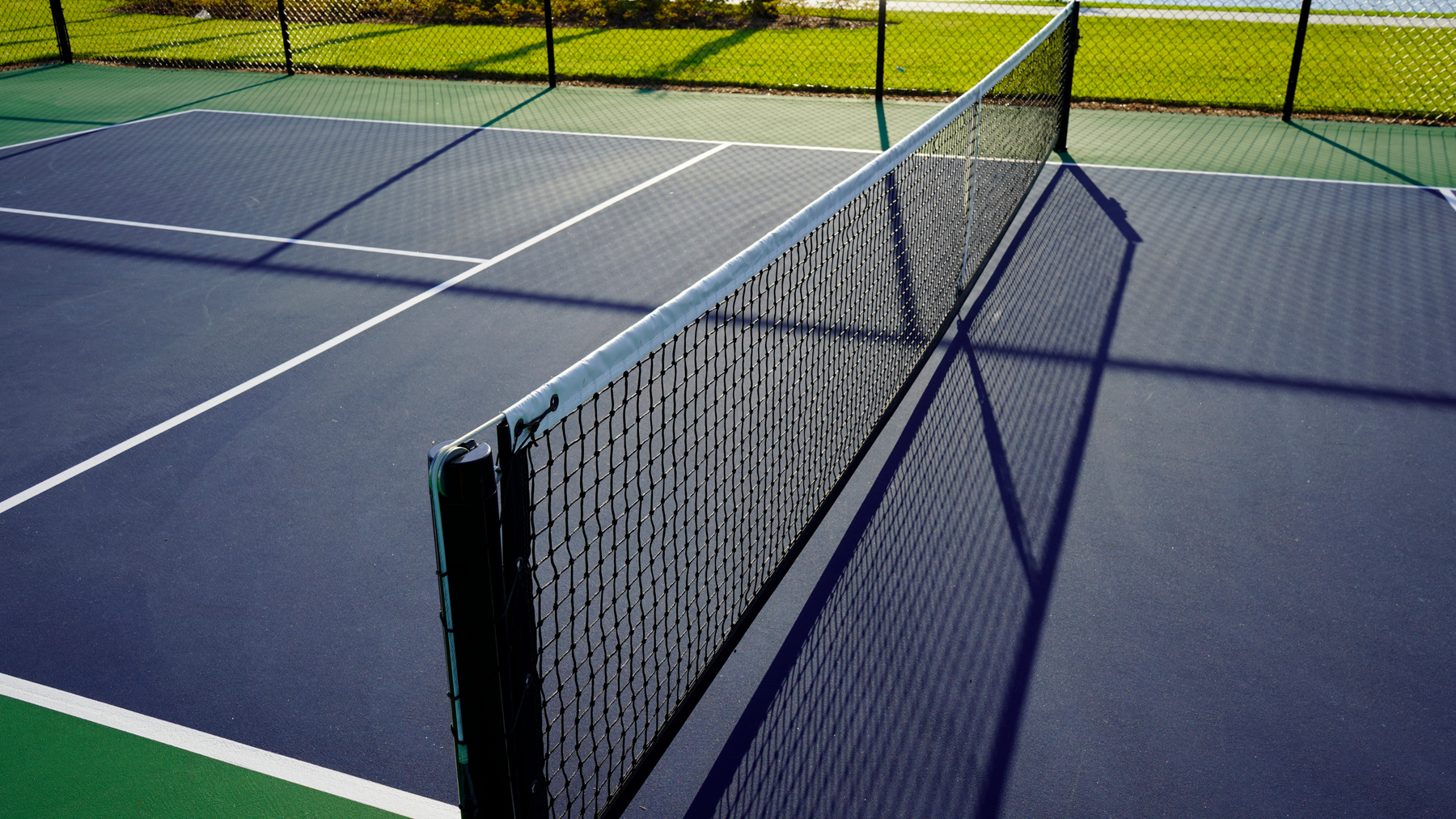
Why Tennis Clubs are Transitioning to Include Pickleball Courts
Tennis clubs in Australia are undergoing a dynamic evolution, as they increasingly incorporate pickleball courts within their facilities. This shift is not merely a trend but a reflection of a broader movement within the racket sports community, recognizing the need to adapt to changing demographics and interests. Pickleball's surge in popularity has been particularly pronounced in Australia, mirroring its rapid rise in the United States. In this article, we'll explore the reasons behind this transition, the appeal of pickleball, and the potential it holds for invigorating tennis clubs and engaging members across generations.
Origin and Appeal of Pickleball
Pickleball, invented in the United States in 1965, blends elements of badminton, tennis, table tennis, and squash. It's a paddle sport played on a smaller court, making it less strenuous than tennis and suitable for all ages and mobility levels. This accessibility, along with its strategic and reflex-based gameplay, has contributed to its rapid growth in popularity. In Australia, the sport has surged from almost no presence five years ago to a booming activity, growing by 20% annually.
Adoption by Tennis Clubs
Tennis Australia is actively planning to introduce pickleball across clubs around the country. This initiative aims to capitalize on the sport's success in the United States, where it is the fastest-growing sport. The plan is primarily targeted at keeping ageing players active, given the smaller court size and lower impact of pickleball. Additionally, it's seen as a way to attract a younger generation influenced by celebrities and athletes, like LeBron James and Tom Brady, who have invested in pickleball competitions.
Facilitating Pickleball in Existing Infrastructure
Clubs like The Gap Tennis Club have added dedicated pickleball courts and lined existing multi-purpose courts for pickleball. This integration showcases the flexibility of tennis facilities to accommodate pickleball without significant infrastructural changes. It also offers a new revenue stream and a way to engage members during quieter periods, addressing the issue of underutilized facilities.
Balancing Tennis and Pickleball
While there is potential for tension between tennis and pickleball, as seen in the United States, Australian clubs and associations aim to foster a spirit of cooperation. For instance, during the Kooyong Classic, a demonstration pickleball court was set up, indicating an embrace of both sports side by side. This strategy reflects a broader understanding that pickleball and tennis can coexist and mutually benefit from shared facilities.
In conclusion, the transition of tennis clubs in Australia to include pickleball courts is a response to the growing demand for the sport, its accessibility to a wide range of players, and the opportunity it presents for clubs to diversify and optimize their use of facilities. This trend signifies an evolving landscape in racket sports, where traditional and emerging games are finding ways to coexist and thrive.

